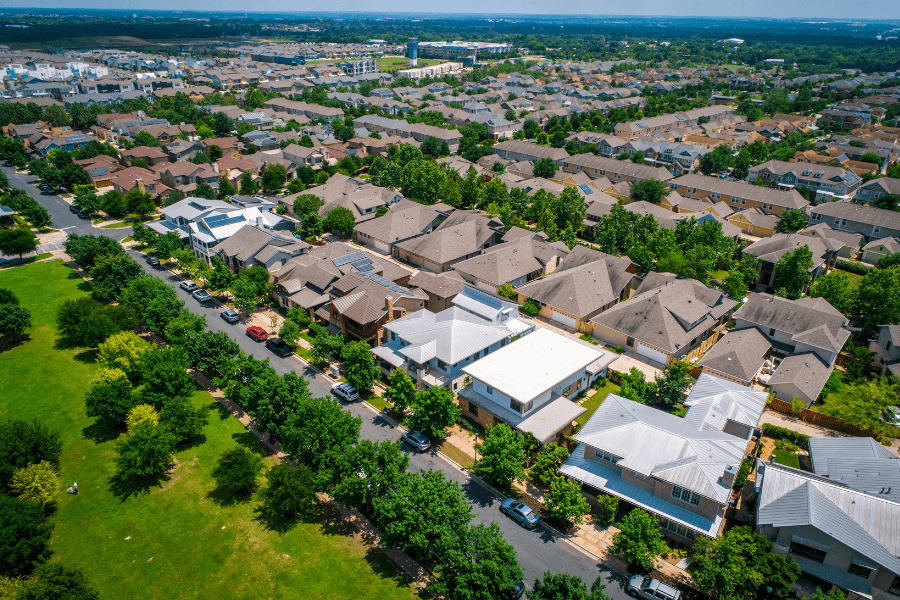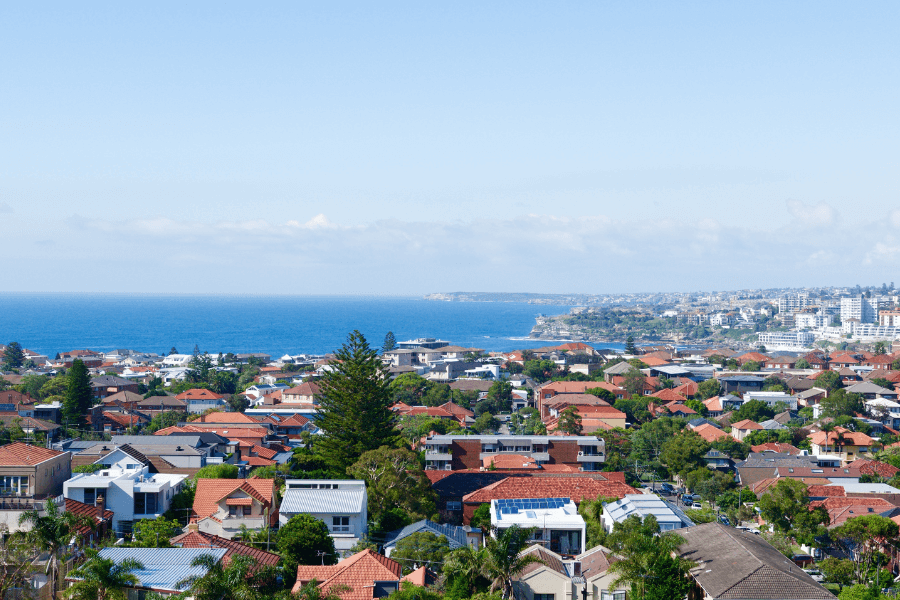Why do we pay rates to councils?
If you’re wondering why we need rates, think about the local area you live in and the services and infrastructure in the area you use. We pay rates and charges to councils to help fund local infrastructure like parks, public open spaces and local roads as well as more than 100 services provided by councils. Ultimately rates support the places where communities come together – things like libraries, community centres, parks and recreation, shopping villages and more.
What do council rates cover?
The amount of rates paid by a property and the level of council services received are not correlated. Many if not all services are provided for the benefit of everyone living in the municipality but it’s an individual’s choice as to how many and what council services they use.
Around 50% of council’s income is made up of rates. Rates are a form of property tax and contribute around 3.6% of Australia’s taxes collected by all levels of government.

How are council rates calculated?
Council rates are charged by establishing the council revenue and dividing this amount by the combined value of all rateable properties in the area.
This results in finding the rate in the dollar.
Property values are used as the basis for distributing these costs fairly across the municipality. Rates are calculated based on a combination of two variables:
- rate in the dollar (determined by each council)
- a valuation (of the property).
Councils will determine the valuation of a property as part of the annual general valuation process. Once a general valuation is completed, councils receive the valuations to calculate the rates you pay.
Capital Improved Value (CIV) is the total market value of the land plus buildings and any other improvements.
CIV for each rateable property is then multiplied by a figure in accordance with state legislation to produce a Net Annual Value (NAV) of each residential property.
This is then multiplied by the rate in the dollar to output the full year’s levy.
Councils can also adopt a system of differential rates based on CIV or NAV.
Differential rates are used to apply a different rate in the dollar to separate classes of property. Classes may include residential, rural or commercial properties.
Here is an example of a council calculating their rates:
Council revenue is $100,000,000. Rates are calculated using the following steps:
Step 1: Divide this amount by the total combined value of all rateable properties in the area to find the rate in the dollar. For 2021/22 let’s use the the rate in the dollar figure as 0.04
Step 2: The current Capital Improved Value of each residential property is multiplied by 5% in accordance with state legislation to produce the Net Annual Value of each residential property.
Step 3: Council multiplies the Net Annual Value of your property by the rate in the dollar to produce the amount you are required to pay in rates.
Example for Property 1:
Capital Improved Value = $800,000
$800,000 x 5% = $40,000 (Net Annual Value)
$40,000 x 0.04 (Rate in the Dollar) = a base rates bill of $1,600
Property values vary across council areas and over time. They are reflected in each property’s rate bill. Your property’s valuation will directly affect your rates. If your valuation increases, your rates will generally be higher. Some councils will state their rates do not increase because the valuation of existing properties increases so it is important to check with your council if you are unsure and it is a concern for you.
Why are council fees different?
Depending on the amount a council needs to raise and the value of the rate base in the form of properties, different councils will hit different rates in the dollar. This means properties of similar values can be ‘levied’ differently depending on what municipality they are in.
Council rates can change when a council decides to increase its rate revenue, or if there are a number of rateable properties in the area that have been developed.
Councils also collect the fire services property levy on behalf of the State Revenue Office. This levy is included in your rates notice.
Why do rates go up?
Councils maintain that rates do not go up if the value of your property has increased. Once a council has made their decision about required revenue, professional valuers determine how ratepayers contribute to this in terms of ‘rate in the dollar’. It makes sense to think that if property values increase, councils can therefore decrease this rate in the dollar to ensure they are only collecting what is needed.
Councils can however impose special rates or charges to you. These special variations can relate to the amount you pay, the land affected or the people liable. By law, the variation of a special rate or charge needs to be done with a formal consultation. Councils may ask the community for their input ahead of doing this, but not always. The community has the right to formally submit their thoughts before the council finalises this, and the council is required to consider objections as they are received within 28 days of them issuing the notice. If objections are delivered from a majority of properties within 28 days, the council cannot approve the special rate or charge, except in the case of drainage schemes for public health. Certain people who are required to pay a special rate or charge may be eligible for appeal under VCAT.
How do property valuations affect rates?
Council rates are calculated by multiplying the valuation of the property by the rate in the dollar. For example, if the Capital Improved Value of a property is $500,000 and the council rate in the dollar is set at 0.0042 cents, the rate cost to the homeowner would be $2,100 ($500,000 x 0.0042) payable each year,
You can find all the details on how your rates are calculated on your rates notice. You can also ask for a rate book to see how your council’s rates in the dollar are calculated.
Property values are calculated by independent property valuers appointed by the council or State Valuer General.
Using a specific set of guidelines, these valuers assess the market value of each property, and these values are used to calculate rates payable based on the rate in the dollar above.
State legislation states that properties need to be revalued every two years.
Learn more about surprising factors that could detract from the value of your home.

What is the average rates bill in different states?
Council rates in NSW
In New South Wales the council rates vary depending on the area you’d like to live in or invest. Compare the average council rate by local government area in NSW.
Council rates in VIC
In Victoria, the Know Your Council website allows you to compare various different services and charges per council. Compare VIC average household council rates per LGA.
Council rates in QLD
The Queensland government provides a number of different comparative reports per local government. Compare rates and charges per council in QLD.
Council rates in SA
South Australia has an average weekly council rate payment of $29 per household. For more information see the LGA of South Australia website for council rates.
Council rates in WA
In Western Australia, the My Council website allows you to compare council rate growth and other demographic data per LGA. Compare council rate growth in WA.
Council rates in ACT
A fixed charge applies to both commercial and residential units and land in Australian Capital Territory. Learn more about all council charges in ACT.
Council rates in TAS
In Tasmania, every council has its own rates and fees, including the general rates, waste management, fire service contributions, instalments, penalties, and adjusted values. See fees and charges per local council authority in TAS.
Who pays the council rates?
All property owners in a municipality pay council rates.
Council rates at settlement
According to Consumer Affairs Victoria, all outgoings such as rates and other charges are adjusted between you and the buyer at settlement. The vendor is responsible for rates up to and including the day of settlement. The buyer is responsible for rates from the day after settlement.
Are council rates included in body corporate fees?
No, any strata fees do not include council rates. Consider this when looking at purchasing a strata title property, like a unit or townhouse.
Read more about strata management.
Who pays municipal rates when renting
The property owner will be responsible for municipal rates when letting out their property unless otherwise agreed as part of the lease agreement.
How to pay council rates?
Rates notice
Your rates notice will be sent to your home address via post. You can pay your rates in one of three ways, depending on your council:
- A lump sum payment on or before 15th February
- Four equal instalments due on the last day of the months of September, November, February and May.
- 10 monthly payments – either manually or direct debit, depending on your council.
How often do you pay council fees?
Rates are issued annually. You might be able to pay them off in monthly or quarterly instalments or even in a lump sum if allowed by the council. Payment options are outlined in your rates notices or available if you contact your municipality.
When are council rates due?
Due dates are the last day of the months of September, November, February and May. Rates paid in a lump sum are due by the 15th of February.
Unpaid rates are a debt on the property it relates to. Regardless of the change of ownership this debt will remain on the property. If charges remain unpaid for more than 3 years the council has a right to choose to obtain a court order to sell or assume some of the land to repay it.
It’s important to note that a council can charge penalty interest on unpaid rates and charges, calculated from the date the rates were due. If you’re experiencing financial hardship of any kind, you should reach out to the council directly and discuss payment plans or support. Councils can also help you with where to find your council rates, where to get your rates notice and how to check your council rates.
For special cases of development within a community that enables preservation of buildings or places of importance, councils are able to grant a rebate or concession on rates and charges. This is referred to as assisting ‘proper’ development and can cover land, economic development and environmental objectives that contribute to significant preservation. The council needs to demonstrate how this will benefit the whole community as a result.-
Are council rates tax deductible?
Council rates can be deducted from tax in the year that they are paid but only during periods in which the investment property was rented out. You can’t claim your council rate for your primary residence as a tax deduction, unless it was rented out for the period you are claiming.
FAQs about council rates
Are council rates compulsory?
There is state-based legislation that allows local governments to charge ‘rateable’ properties with council rates. The Local Government Act 1989 is the Victorian legislation that allows councils to charge rates and levies to fund and deliver essential infrastructure and services to the community. In Queensland, the powers and functions of a local government are found within the Local Government Act 2009 .
Do council rates have GST?
Council rates are exempt from GST, as per Div. 81 of the A New Tax System (Goods and Services Tax) Act 1999.
Do you pay council rates on an apartment?
If you own the apartment you will need to pay council rates. Council rates are generally lower on an apartment than a house.

Council rates vs land tax
Council rates are based on property you own and are charged by local councils. Land tax is charged on land you own by most state or territory governments.
Sub header: Council rates vs body corporate
Body corporate is the fee you pay for maintenance of the property, common areas or other building-related services for a strata title property like an apartment or unit. Council rates are payable by all property owners in a municipality.
Are council rates paid in advance?
You have the option to pay council rates in advance although the most popular form of payment is quarterly. It is best to check your rates notice and contact your council to establish a payment plan that is right for you.
Are council rates paid quarterly?
You can pay council rates quarterly by paying four equal instalments due on the last day of the months of September, November, February and May.





